Spring Season ( वसंत ऋतु ) –
This season in India starts in mid-February and lasts till April. Spring Season is considered one of the most beautiful seasons in India. During this time, the maximum temperature settles around 32 °C, It is the most Pleasant Season. As per Indian Hindu Calendar, these months are known as Chaitra and Baisakh.
With the temperature getting high & warmer, spring is the perfect time to start planting flowers, fruit trees, vegetables, and herbs. In any case, what you can grow also depends on the soil conditions and the environment where you live. With a climate as diverse as India, it’s important to know which plants are best suited to your region so that you get the best results in your garden.
Rose (गुलाब)

With over 32,000 varieties across the world, roses are one of the most beautiful and Good Smelling flowers. They represent love, affection, purity, friendship, and affection.
The best time to plant roses in your garden in India is during early spring. Pre-soaking the bare root plant in water for a day before planting helps with the plant’s growth. Moreover, pick very much depleted fertilized soil and spot the plant in a bright corner where it can get something like six hours of direct sunlight.
Spring is also the best time to add fertilizers to roses. The monthly addition of garden compost, manure, and other organic fertilizers enhances its growth.
Also, regularly water the plant to see them flourish. As roses are inclined to parasitic contaminations(fungal infections), and as a plant parent you ought to search for dark spots and fine mildew to stay away from them.
Lettuce family (सलाद परिवार)
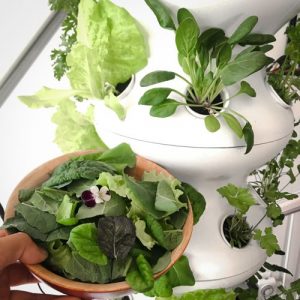
This general store staple arrives in various flavors and varieties and is relatively simple to grow, however, plant these seeds while temperatures are lower since lettuce will not grow in soil that’s 80 degrees Fahrenheit or higher. Spring is an ideal time for lettuce production and the plants will be prepared to pick in around two months.
Arugula (“Gargeer”) आर्गुला
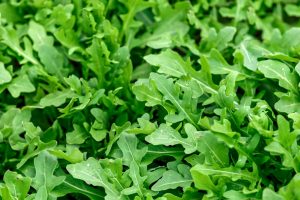
A peppery addition to any plate, arugula (“Gargeer”) grows quickly — in one or two weeks’ time. However, arugula (“Gargeer”) needs a lot of water to maintain that growth rate.
“Salad greens(Leafy greens)… can be safely planted directly from seed, and it’s useful for them to be planted early in the season,”
Carrots (गाजर)
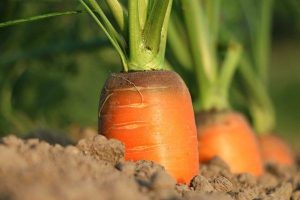
Whether they are red, orange, or yellow, these cooler-season vegetables are packed with vitamins and an undeniable sweetness. Carrots are root vegetables, The roots contain high quantities of alpha- and beta-carotene, and are a good source of vitamin A, vitamin K, and vitamin B6. And with legitimate sun and water, they can be picked right on time as tender baby carrots or later on as crunchy mature ones.
Beets (चुकंदर)

Some nutritionists label beet a superfood for its connection to improved health in humans. They are generally simple to develop, beginning in late March or early April.
“If the weather conditions are continually cooler, they will get bigger and bigger,” “Assuming you are happy with the size, pick them as you go. But if it starts to warm up, harvest them — otherwise they will go to waste.”
Kale (गोभी)

Kale might improve on the off chance that it is begun inside during this season and solidified off a little bit before it’s replanted outside. Putting in half a month inside to develop will allow kale to turn into a little plant in the nursery. It doesn’t need to be warm outside, however, this vegetable crop needs light and all-around depleted soil to flourish.
Broccoli (ब्रोकली)
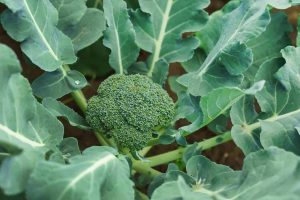
This vegetable will also flower when there is warmth, so now is the time to get it going. Specialists say they commonly begin to form heads through May, and they can be harvested from spring to fall. The broccoli bloom(Flower) stays a tight rosette because of the cold air.
Cauliflower (फूलगोभी)
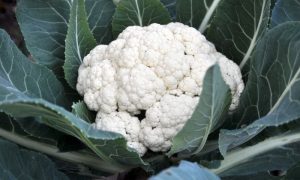
However not the easiest to develop at home, cauliflower is a famous choice to eat, whether raw or cooked. Cauliflower has a difficult time with hotter climates, so success depends on your climate.
A 100-gram (3+1⁄2-ounce) reference amount of raw cauliflower provides 104 kilojoules (25 kilocalories) of food energy and has a high content (20% or more of the Daily Value, DV) of vitamin C (58% DV) and moderate levels of several B vitamins and vitamin K (13–15% DV; table).
Tomatoes (टमाटर)
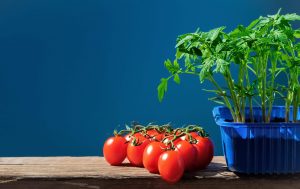
Tomato seedlings in a pot and ripe tomatoes shot in natural sunlight on blue background. Young plants in the plastic pots ready for planting in the ground, organic gardening, Earth Day. Close-up, copy space
You have many varieties to look over and can transplant them outside after the last frost, which offers you a chance to broaden your season. Tomato transfers should grow 4 to 6 inches high in around two months prior to moving them into the nursery.









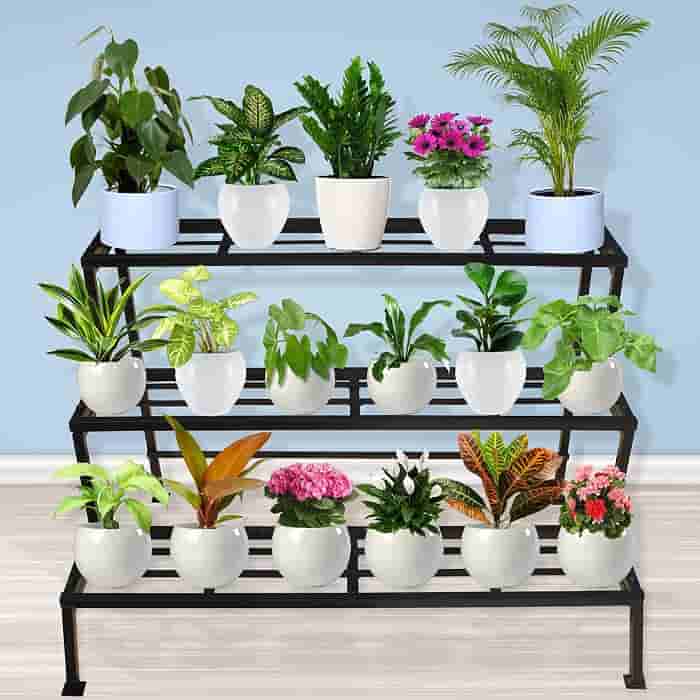
Recent Comments